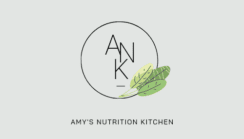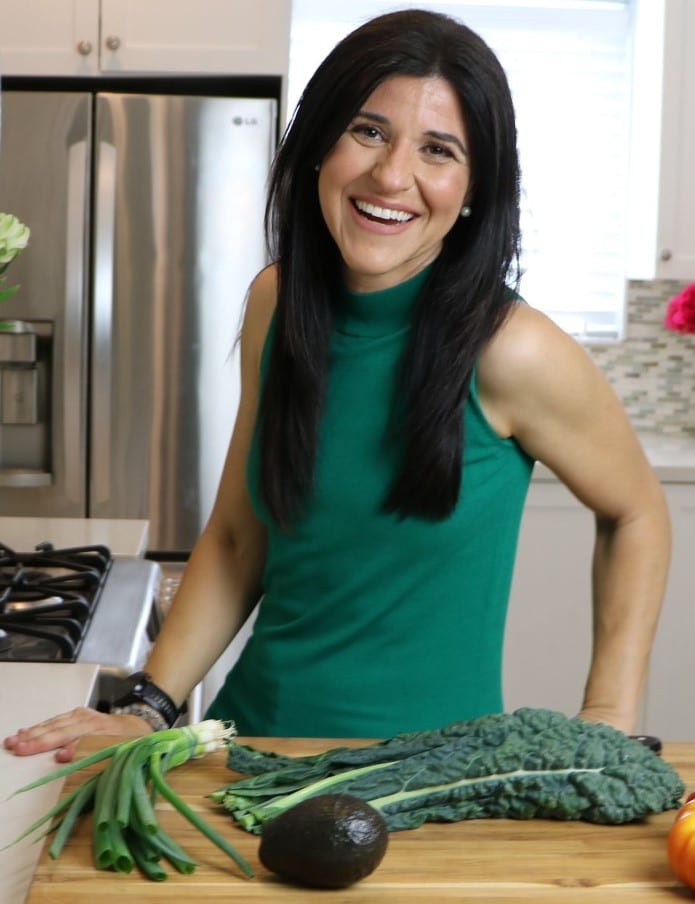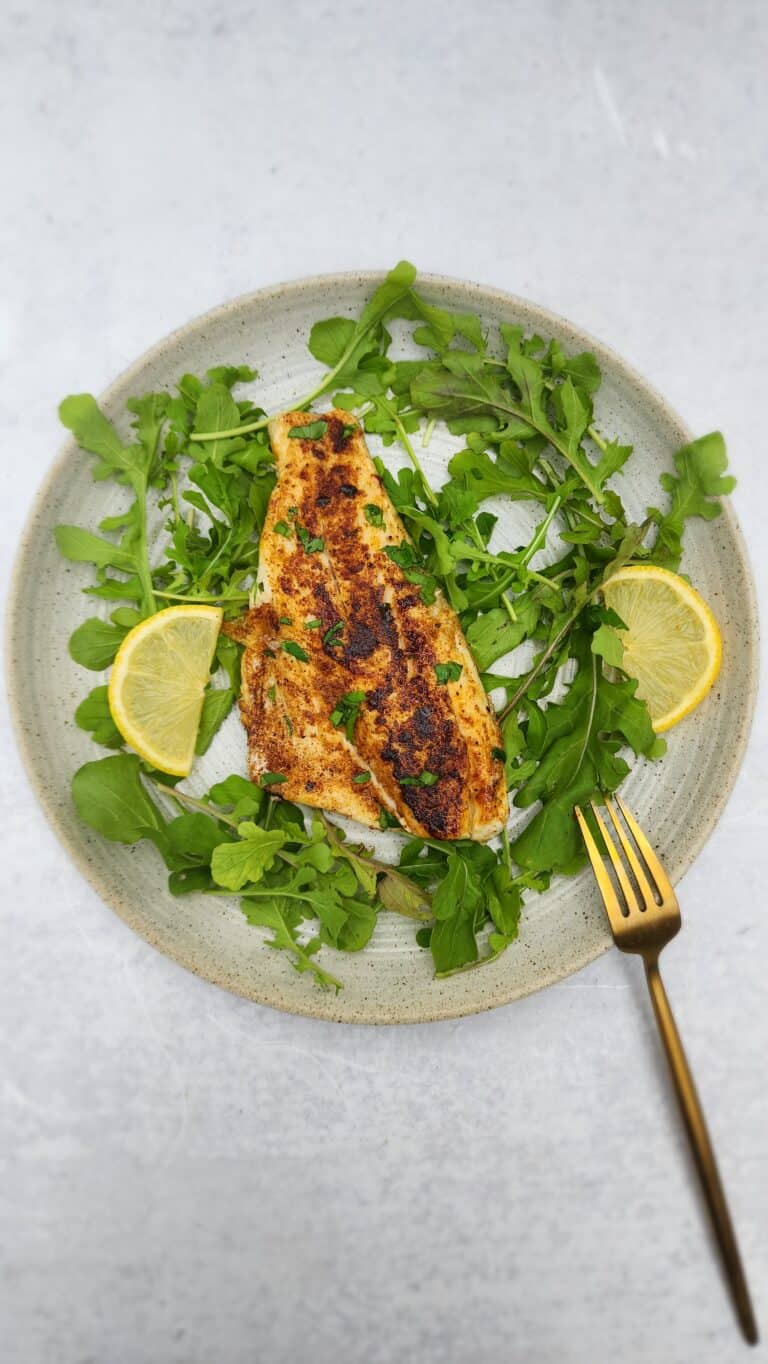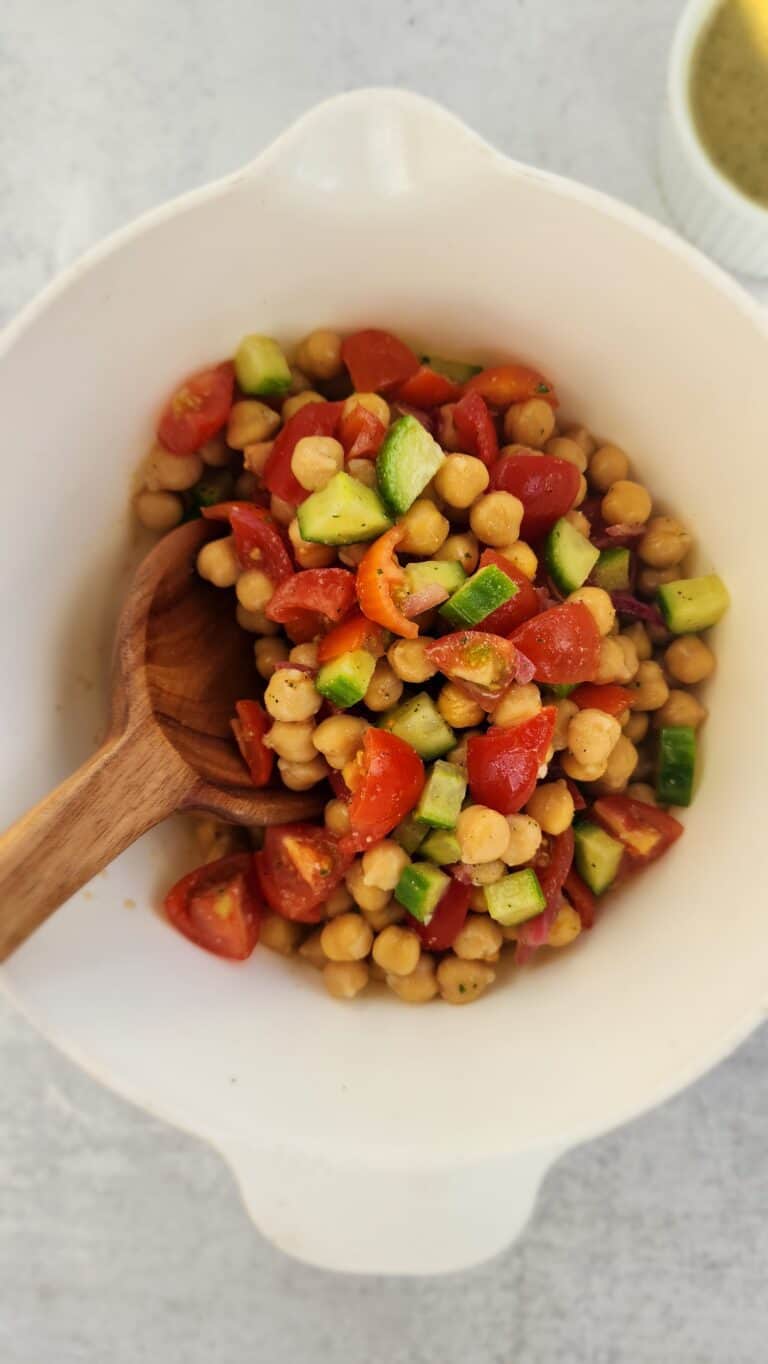I go grocery shopping every week. I plan for the week what I’m going to eat for lunch and what I’ll eat for dinner so that I’ll know exactly what it is I’ll need. I pick up a few extra snack things and if I’m going to bake something sweet for the week I’ll pick that stuff up too. Without a list or without knowing what it is that I’ll be eating I wouldn’t survive the grocery store. So that got me thinking, do others do the same? I think people’s grocery carts tell a lot about their life. If you were to look at mine you’d be able to tell I’m highly organized and I don’t sway too far from the list of what it is that I’ll be eating (although with all my new found time I have had a meal or two out recently!) Bottom line, I take time to plan my food because I know that I need food to eat but that I also can’t afford to eat out every meal (nor do I want to) but that I also want healthy food to nourish my body. Yesterday at the grocery store I couldn’t help but look around and notice the items in people’s carts. I even went a step further and actually stopped people to ask them why it was that they were buying certain foods. (I’m pretty sure they left the store thinking, “esa muchacha Americana es loca!”) I call it research, a need to understand – believe me there’s no judgment coming from me. I’m here to help people make healthier choices. If I can help people change one thing they are doing then maybe it might make a difference. My normal 30 minute trip to the grocery store ended up turning into a 3 hour trip to the grocery store. I gathered a lot of research:
The 1st family that I encountered was a mom along with 2 children ages 7 and 10. One side of their grocery cart was lined up with Lunchables, neatly stacked 5 in each stack. Throughout the rest of their cart was stuff thrown haphazardly in, no real rhyme or reason. I stopped the mom and introduced myself and asked her if I could talk to her for a few minutes. She said, “Sure”, but was definitely curious as to why I wanted to talk with her. I gave her a little background information on myself and explained to her that this was going to be nutrition lesson, free of charge, and at the end she could either take my suggestions or not, but at least to think about them. And so my mini-research study began: I asked her and the kids the obvious question lurking in their grocery carts, “why Lunchables?” The mom’s immediate response was one of convenience; everything neatly packaged into the box with all that the kid’s need for lunch. The kids’ response was that they liked having something different each day and sometimes they even trade stuff with the kids at school, but it has to be lunchables in order to trade. Interesting. I started with some general nutrition information on a level that the kids could understand and then wanted to show them all how easy and simple it could be to make their own version of a lunchable. The only catch, the kids were going to have to help. As I explained to mom at their age they are plenty able to help and take the load off of mom (from the conversation you could tell the mom was overworked and doing everything for the kids and the husband and not getting any help). The kids seemed to buy into it. I simply grabbed the items they’d need to make a sandwich 3 different ways (some of the days of the week it could be the same sandwich and the kids seemed okay with that as long as they weren’t back to back days. We then went to the produce section and tried to think of some fruits they’d like to have in their lunch box. The main importance to the kids is that the fruit couldn’t get smashed and gross by lunch time, so even though they loved bananas, those weren’t a good option for lunch. I tried to explain to them that’s why lunch boxes were invented and that would prevent that from happening but they weren’t buying it. I challenged the kids to look for all the colors in the rainbow so they could make sure they were getting a variety of vitamins and minerals. I showed the family a few other ideas of things they could include in the lunch for some crunch. Instead of terming the foods good or bad I simply showed the mom what would be better choices. We made a top 10 list so the mom and kids could choose together. The main thing to remember there I told them is the portion control. And last but not least the something sweet that the lunchables sometimes include. We went to the candy aisle and I had to admit to the kids that I too include just a little something after I eat (again the whole portion control idea). We picked out a few items that would be choices of things to include, one piece of dark chocolate, one Hershey’s nugget, etc. To wrap things up with the family I continued to reiterate how important the kids would be in helping to pack their lunch the night before. Mom’s job is to buy the food and have it available and their job is to put it together and make sure it’s ready to go for the next day. The mom was so thankful for my help that she wanted me to stay and help with dinner ideas. I told her to tackle one thing at a time and who knows maybe I’d see them in the store next week!
The 2nd grocery cart that I encountered was of a single lady, age 28, shopping for herself for the week. She had everything in there from single frozen dinner entrees to her beauty supplies to lots of sweet items. I stopped her just as I had the family I did before and started off with my intro. I believe she was skeptical at first and definitely didn’t want me analyzing her eating habits. I tried to explain that I was simply there to help and she hesitantly said she’d go along with it. I didn’t pick the lady, I picked her cart. I actually stood by her cart for about 5 minutes before she came back with items and put them in her cart. The item that had me concerned were the frozen dinner entrees. I began the nutrition lesson on sodium and how much we need, how much we’re getting, and the hidden places that it’s lurking. Little did she know that her frozen dinner entrees were averaging 500 mg of sodium. That was the average! One entrée had close to 800 mg of sodium. And she was utilizing these frozen foods twice a day. I explained to her that they were perfect in the sense that they were an okay amount for portion control but might not even be enough to fill her up if we were to look at it closely. She opened up and explained to me her using these were simply for the fact that she is single and doesn’t want to cook for one. I said, “Hello, you’re preaching to the choir!” It is really hard to cook for one person, but it’s possible. I told her some of my tricks of the trade – making pasta for the whole week (or rice or both to rotate the days) and how just by switching the vegetable and sauce each night allows me to have a different meal each evening. (I let her know that I was a vegetarian and either use beans or tofu as my source of protein. Regardless she could switch out meats to allow for variety as well as cook that for the week to have already prepared as well.) She admitted that she struggles with cooking and has never found it interesting to want to do. I simply tried to explain to her that the frozen dinner habit wasn’t always cost effective, wasn’t always tasty, and definitely had the lurking hidden sodium that I wanted her to now pay attention to. She was honest in saying that she was still going to use these and have as back-up in her freezer but that she would definitely try to cook at least once a week. I finished up her session by showing other foods that even though they don’t taste salty are high in sodium: canned or pickled foods, snack foods, deli meat, cheese, condiments: sauces and dressings, breads, and cereal.
My research continued on with 2 other families. I kept hearing the same things from the families – there wasn’t enough time to cook during the week, they were too tired to cook, they were running out of ideas of what to cook, etc. I always stopped them to tell them that I wasn’t there to judge them and the reality is what it is. However, I was also there first and foremost as a dietitian, to help them be healthier with the food that they’re eating. I encouraged them to look at the things/habits that they have and try to work on one thing at time. If they were to try and change everything all at once it would never work. I definitely told them that it would take effort, planning, and support from everyone in the family, not just dear old mom. The grocery store can be overwhelming with all the choices that there are. That’s why going in with a plan of attack helps all the more. Sit down and write what the schedule is for the next week – include after school activities/meetings/etc. so that you know which days are going to be more difficult to cook. Don’t look for answers in the supermarket at 5 p.m. where you’re harried from the day’s work and harassed by hungry children. Plan, plan, plan. The plan will help save money, save on time and help you improve your nutrition.
I just started reading the book Cooked by Michael Pollan. He talks about taking control of cooking and how that might be the single most important step anyone can take to help make the American food system healthier and more sustainable. He goes on to say that, “we need to reclaim cooking as an act of enjoyment and self-reliance, learning to perform the magic of these everyday transformations, that it will open the door to a more nourishing life.” Cooking starts in the grocery store (or farmer’s market). And the grocery store can either help or hurt one’s nutrition. I hope I helped these individuals yesterday to see how changing one thing might help their path to nutrition and overall health. Maybe Publix should consider hiring me part-time.







